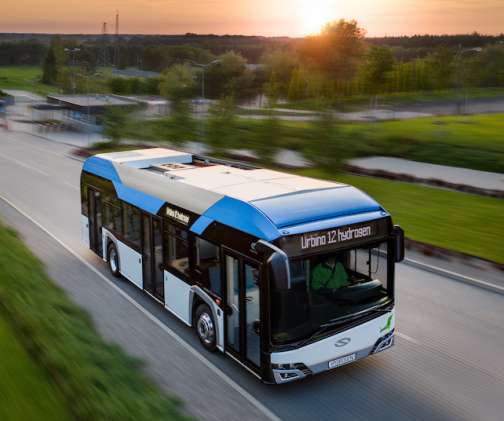Nissan testing LEAF as electrical power storage and supply for office buildings; LEAF-to-Building a development of LEAF-to-Home
Green Car Congress
NOVEMBER 29, 2013
Nissan reports a successful early field test of a system that will allow companies to regulate their electricity bills using the batteries of Nissan LEAFs used by their staff to commute to work. Vehicle-To-Building” allows up to six Nissan LEAF EVs to be connected to a building’s power distribution board. Earlier post.).













Let's personalize your content